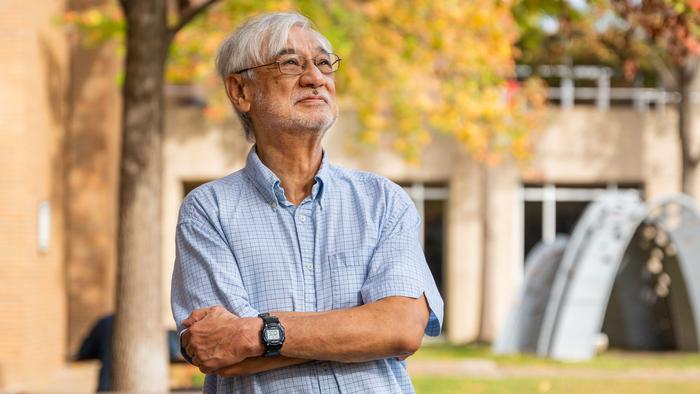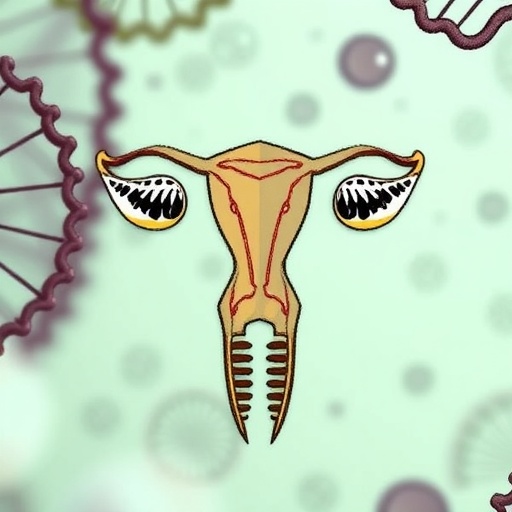A rapidly spreading virus threatens the health of the cacao tree and the dried seeds from which chocolate is made, jeopardizing the global supply of the world’s most popular treat.

Credit: Photo courtesy UT Arlington
A rapidly spreading virus threatens the health of the cacao tree and the dried seeds from which chocolate is made, jeopardizing the global supply of the world’s most popular treat.
About 50% of the world’s chocolate originates from cacao trees in the West Africa countries of Ivory Coast and Ghana. The damaging virus is attacking cacao trees in Ghana, resulting in harvest losses of between 15 and 50%. Spread by small insects called mealybugs that eat the leaves, buds and flowers of trees, the cacao swollen shoot virus disease (CSSVD) is among the most damaging threats to the root ingredient of chocolate.
“This virus is a real threat to the global supply of chocolate,” said Benito Chen-Charpentier, professor of mathematics at The University of Texas at Arlington and an author of “Cacao sustainability: The case of cacao swollen-shoot virus co-infection” in the journal PLoS One. “Pesticides don’t work well against mealybugs, leaving farmers to try to prevent the spread of the disease by cutting out infected trees and breeding resistant trees. But despite these efforts, Ghana has lost more than 254 million cacao trees in recent years.”
Farmers can combat the mealybugs by giving vaccines to the trees to inoculate them from the virus. But the vaccines are expensive, especially for low-wage farmers, and vaccinated trees produce a smaller harvest of cacao, compounding the devastation of the virus.
Chen-Charpentier and colleagues from the University of Kansas, Prairie View A&M, the University of South Florida and the Cocoa Research Institute of Ghana have developed a new strategy: using mathematical data to determine how far apart farmers can plant vaccinated trees to prevent mealybugs from jumping from one tree to another and spreading the virus.
“Mealybugs have several ways of movement, including moving from canopy to canopy, being carried by ants or blown by the wind,” Chen-Charpentier said. “What we needed to do was create a model for cacao growers so they could know how far away they could safely plant vaccinated trees from unvaccinated trees in order to prevent the spread of the virus while keeping costs manageable for these small farmers.”
By experimenting with mathematical patterning techniques, the team created two different types of models that allow farmers to create a protective layer of vaccinated cacao trees around unvaccinated trees.
“While still experimental, these models are exciting because they would help farmers protect their crops while helping them achieve a better harvest,” Chen-Charpentier said. “This is good for the farmers’ bottom line, as well as our global addiction to chocolate.”
Journal
PLoS ONE
DOI
10.1371/journal.pone.0294579
Method of Research
Experimental study
Subject of Research
Not applicable
Article Title
Cacao sustainability: The case of cacao swollen-shoot virus co-infection
Article Publication Date
7-Mar-2024
COI Statement
This project is supported by AIM’s SQuaREs research program on ‘Sustainable plant harvest in fragmented landscapes’. FBA was partially supported by the University of Kansas General Research Fund allocation 2301-2105090 and National Science Foundation grant EPSCoR OIA-1656006. MCAL acknowledges support from Basque Center for Applied Mathematics (BCAM) Research Visit Fellowship. NH appreciate PVAMU sabbatical. The funders had no role in study design, data collection and analysis, decision to publish, or preparation of the manuscript. The authors have declared that no competing interests exist.




